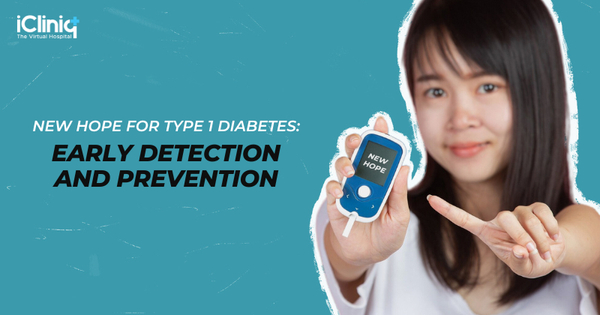Stay Alert, Everyone; RSV’s on the Rise!

As the COVID pandemic continues to surge, a new but fairly known villain is on the streets. Yes, you heard it right; RSV (respiratory syncytial virus) cases show an unusual summer uptick across the United States.
RSV is a common infection that usually sets in from late December to mid-February every year. This year, however, an early surge in cases has resulted in significantly higher numbers of infections and hospitalizations. The saddest part is that the rising RSV rates coincide with the anticipated wintertime surge in COVID-19 and an early flu season, which has made the experts suspect “tripledemic”. More data follows…
1. RSV: What Is It?

RSV, or respiratory syncytial virus, is a common winter guest that is usually mild but occasionally dangerous. It causes cold-like symptoms like fever, runny nose, chest congestion, and cough. However, RSV symptoms are more severe and last longer than most cold viruses in some people, particularly infants. It is also the leading cause of bronchiolitis and pneumonia in children under one.
2. Why the Unusual Uptick?

As per stats, RSV sends approximately 60,000 young children to the hospital in the United States each year. However, the virus has struck early and hard this year. Experts believe that masking, social distancing, school closures, and other precautions followed throughout the first year or two of the pandemic have protected most kids from exposure to the virus and other germs. As a result, many children under three have never been exposed to RSV. The virus is now catching up with all these children as the mask mandates and other restrictions are lifted.
3. Who Are the Targets?

RSV can strike people of any age. However, it is very common in young children; almost every child becomes infected with RSV once before age two. RSV infections are most common in the fall, winter, and spring of the United States. Not to miss, RSV can affect adults too. But it is good that they can shake off the infection in a week or two as they usually already have the antibodies against the virus from previous exposures. However, older adults, people with weak immune systems, and people with asthma and other lung diseases are a hard hit.
4. Is There a Cure?

Unfortunately, there are no effective medications for RSV infections; all we can do is assist people in getting through it. This often entails using a humidifier, saline sprays, Acetaminophen or Ibuprofen, and other common cold remedies. However, some children require hospitalization, usually due to respiratory distress.
While the research for a vaccine is on the go, none is available yet. However, Palivizumab is used to prevent severe RSV illness in infants and children at high risk. Please remember that the drug does not promise a cure for those who already have the illness.
5. Avoiding the Hit – Possible?

Yes indeed! RSV is spread when people touch contaminated surfaces or through respiratory droplets, so the surfaces we constantly touch should be sanitized on and off. Experts also recommend washing your hands frequently and covering your mouth with a tissue or your upper shirt sleeve when coughing or sneezing. Avoid close contact with anyone: No shaking hands, no kissing, and no sharing utensils; especially if you have kids or high-risk people around you; we hear your oh nos; but can we hold on for a little longer, people? Not to forget, quarantining yourself if you are sick can help prevent the spread greatly. Oops! This seems like a quick recall of the COVID protocol, right? Come on, you all; We already know these drills.

RSV is just another baddie in the street that we are strong enough to fight. There is nothing to fear, follow the general prevention measures, and you are good to go. Stay safe, everyone; we got this!





